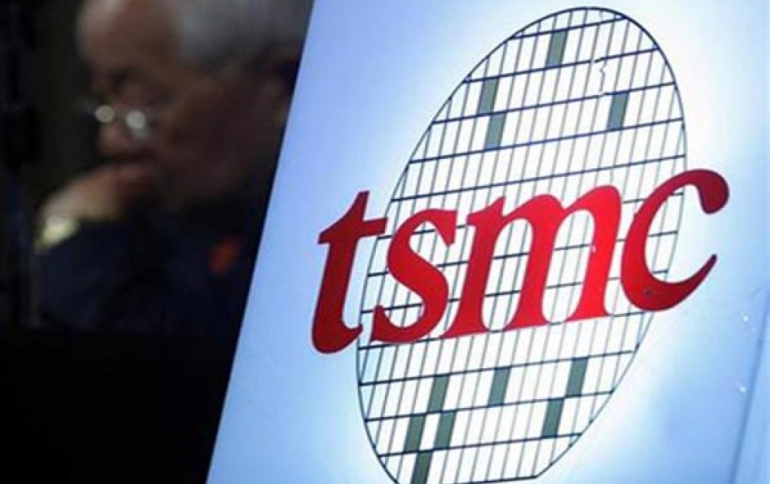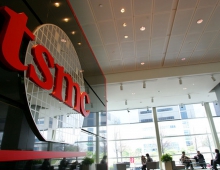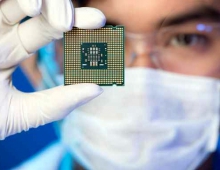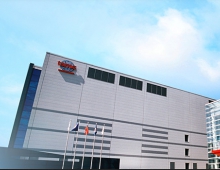
TSMC Updates its Roadmap, Talks About First 7nm Chips and EUV Migration
TSMC has made progress in 7nm and extreme ultraviolet (EUV) lithography and promotes a planar process that competes with fully depleted silicon-on-insulator, while also working in a new variant of InFO packaging.
The foundry expects to tape out more than ten 7nm chips this year and start volume production with the process next year. The chips include a quad ARM A72 core processor - possibly Huawei's Kiron mobile processor - a CCIX development platform, and an unnamed ARM server processor.
TSMC presented during the "Open Innovation Platform Ecosystem Forum" in California a simple process of porting design rules and IP to an N7+ process using EUV it could put into production in 2019.
The foundry said the the process can deliver 20 greater density, 8-10 percent higher speeds or 15-20 percent less power than its current N7 node. Cliff Hou, vice president of R&D for design technology at TSMC, said that compared to TSMC's 16FFC process, N7+ can enable 30 percent higher speed or 50 percent less power on an ARM A72 core, said .
The foundry will provide a utility to port immersion design rules to the EUV process that will "clean up most of the layout differences," Hou said.
TSMC's leading-edge process is focused mainly on a high-performance computing platform.
For chips made for the Internet of Things as well as 5G cellular, TSMC added a 22nm ultra-low leakage (ULL) variant to its 22nm ultra-low power (ULP) planar process announced in March. The two processes should be available next year with Spice models ready by the end of 2017 and IP blocks ready in the first quarter of 2018.
The 22ULL process could provide a 5 percent optical shrink and lower power by 25 percent compared to designs made in a 28HP+ process.
TSMC is also developing a 12FFC process that should be ready for production in 2019. The 12FFC process could shrink area 14-18 percent or provide 5 percent more speed.
In packaging, TSMC is working on a new variant of InFO, its wafer-level fab-out technique used in Apple's latest A Series processors. InFO-MS will integrate logic and memory and is first being targeted for use with the latest high bandwidth memory (HBM2).
In the emerging automotive segment, TSMC has a 16FFC platform ready that meets Grade 1 requirements and conforms to ISO-26262 and ASIL-B and -D standards. A 7nm version will meet Grade 2 by next June. Processes from 40nm to 22ULP will get an automotive services package by the end of 2018.
In the meantime, Samsung Electronics is aggressively push into the foundry business and its aim to hold a 25% share of that market in five years.
The South Korean technology group -- the world's top chipmaker by sales in the second quarter of this year -- wants to reduce its dependence on the memory chip business, in which it has global dominance.
Foundry is the business of making microprocessors that have been designed by other manufacturers.
The market in 2016 was led by TSMC with a 50.6% share, U.S. manufacturer GlobalFoundries with 9.6% and United Microelectronics of Taiwan with 8.1%.
Samsung had a share of 7.9%, though much of its output is believed to be used to meet internal company demand.
Samsung will start making chips with circuitry widths of 7 nm using EUV tech next year.





















